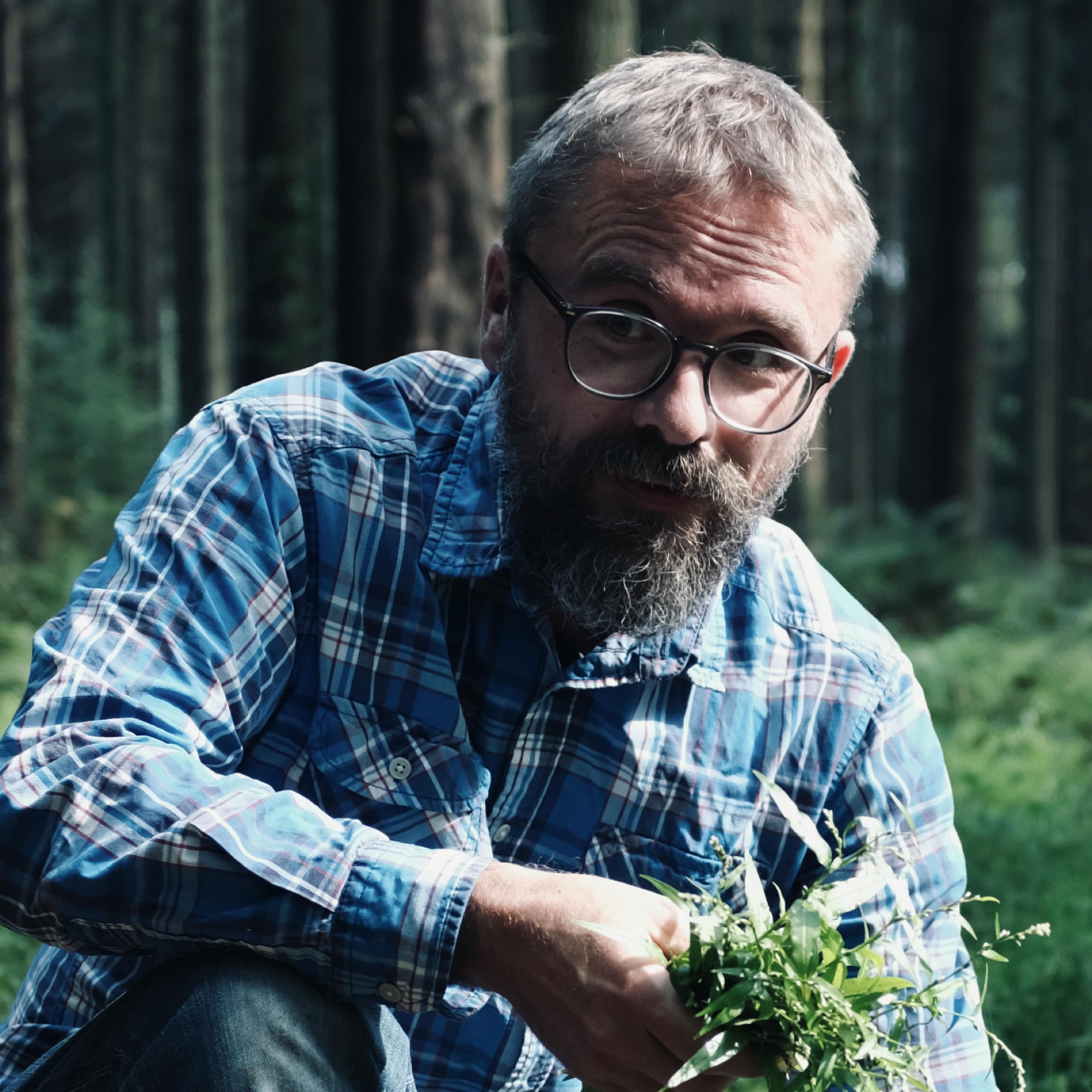Foraging, or hunting for wild food, edible plants and mushrooms and more out in nature, has seen a huge growth in the past 20 years. There are now hundreds of foraging guides, foraging books and foraging courses springing up in the UK and around the world, and lots of people are discovering the joy of foraging.
Foraging is beneficial on many levels. Not just a way of finding fresh, delicious food, it also provides a connection with nature and the outdoors – an opportunity to immerse yourself in a landscape, engaging all five senses.
In the half-light of an autumn woodland, our nostrils fill with the delicate musky notes of wild mushrooms, while our ears attune to the dull thuds of falling nuts. We use touch, sight and smell to judge the ripeness of fruits, and we employ our sense of taste to savour the lemony tang of sorrel, the sweetness of raspberries and blackberries, the salty and even peppery tones of seaweeds.
What is foraging and what does foraging mean?

The word foraging comes from forage which, like fodder, used to mean the hay, grass or plant-matter that grazing animals ate. Its definition has expanded to mean hunting or searching for food over an area, and in modern usage it's come to mean searching for food from wild sources. So for example people might forage for blackberries in autumn, forage for wild garlic in the spring, for forage for edible foods in forests or hedgerows.
However, sourcing free food from the countryside must be done responsibly. Britain’s wildlife is already under threat from habitat loss, changes in farming methods, pollution and climate change. When added to those problems, it’s clear why inconsiderate foraging can have devastating impacts.
Foraging and the law in the UK
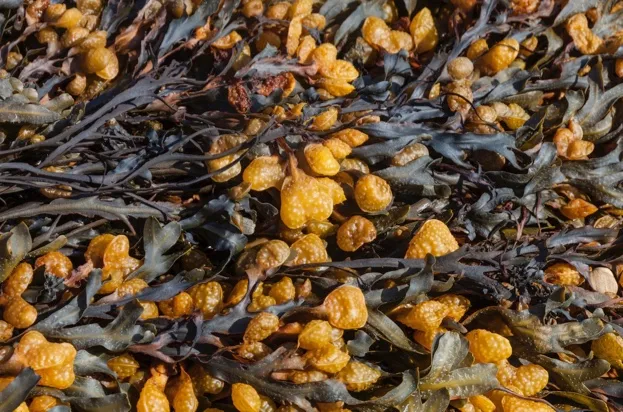
Location is key. You should never pick wild food from Sites of Special Scientific Interest (SSSIs), nature reserves or other protected areas. It’s perfectly legal to forage for fungi, fruit, flowers and foliage elsewhere, as long as it’s for your own consumption and not for commercial gain.
It’s legal to pick most things that are growing above ground, but illegal to dig up roots, such as burdock, dandelion or chicory, without the landowner’s permission. If you wish to harvest roots, call or email ahead, or ask a passing farmer if on their land.
Never forage in protected areas
Dave Hamilton
The laws covering seaweed are similar. In most cases, the shoreline around Britain is owned by the Crown, the National Trust or the Scottish National Trust. Nine times out of ten, if you’re acting responsibly a landowner won’t mind you harvesting a few fronds for personal use, but it’s always wise to check.
Law and ethics are two different things. Though you should never forage in protected areas, many other equally fragile sites don’t come with such explicit warnings or legal protection. Here, common sense should prevail: just because you can forage for something doesn’t mean you should.
Keep wildlife in mind
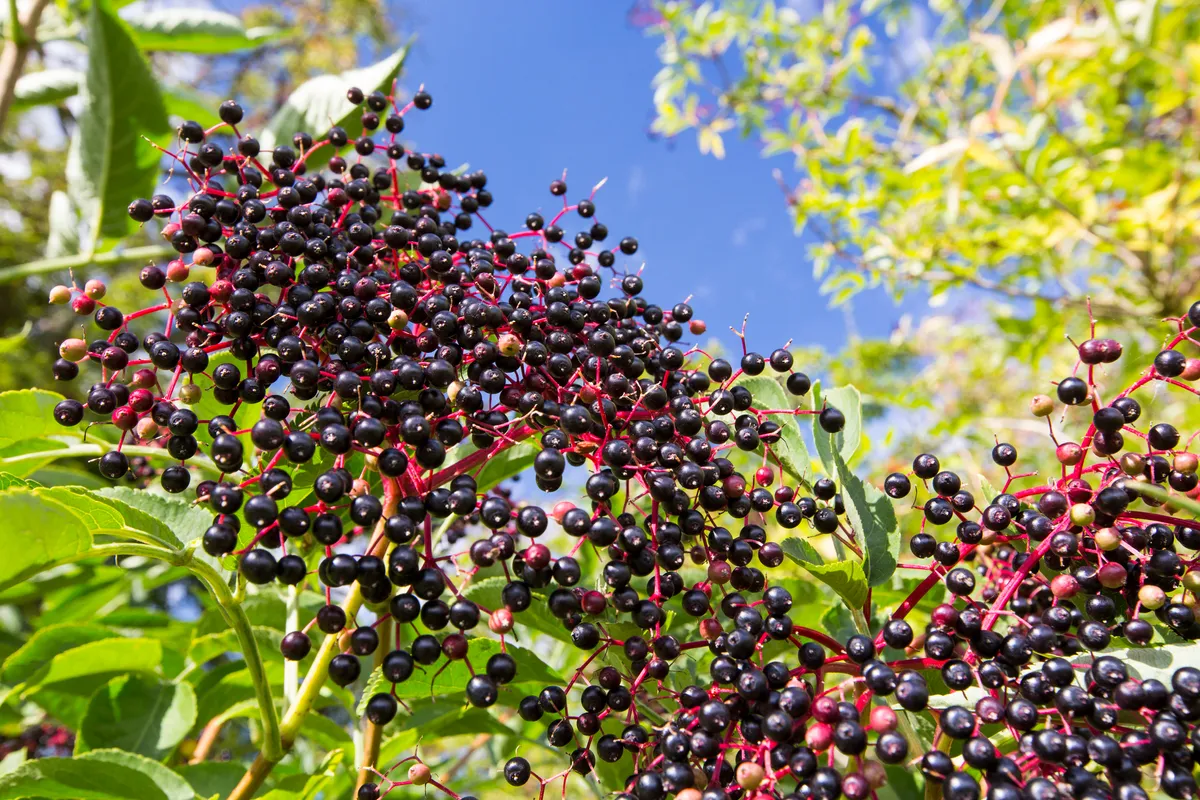
In the children’s story The Tiger Who Came to Tea, a family meets a large wild animal that devours everything in their house, forcing them to find supper at a local café. The UK’s wildlife is like the family in that story, with humans plundering the countryside like that eponymous tiger.
For most wildlife, though, there isn’t a safe alternative source of food. For such animals, the equivalent of a local café may be in the territory of a predator, or simply too far away.
Stripping an area of food, such as mushrooms, apples, plums or salad greens, puts pressure on an already finite resource and can have devastating consequences for less-mobile populations of insects and mammals, as well as knock-on effects further up the food-chain.
Always be considerate: if something is scarce, leave it alone
Dave Hamilton
When faced with a bounty of free food, it’s easy to get carried away – but you should only ever pick what you need or will feasibly use. There are no hard and fast rules. A haul that might be considered excessive on an island or mountainside may be perfectly acceptable on a large rural farm or urban wasteground. But always be considerate: if something is scarce, leave it alone; if it’s abundant, pick from as wide an area as possible, taking a little from here and a little from there so the impact on local wildlife will be negligible.
Keep to official and permissive footpaths wherever possible, particularly if you’re in the territory of ground-nesting birds, such as skylarks. It’s not just about being mindful of wildlife, though – a farmer is unlikely to kick up a fuss if you wander briefly from a path to pick field mushrooms, but they might take exception if you jump a fence, disturb livestock or trample crops.
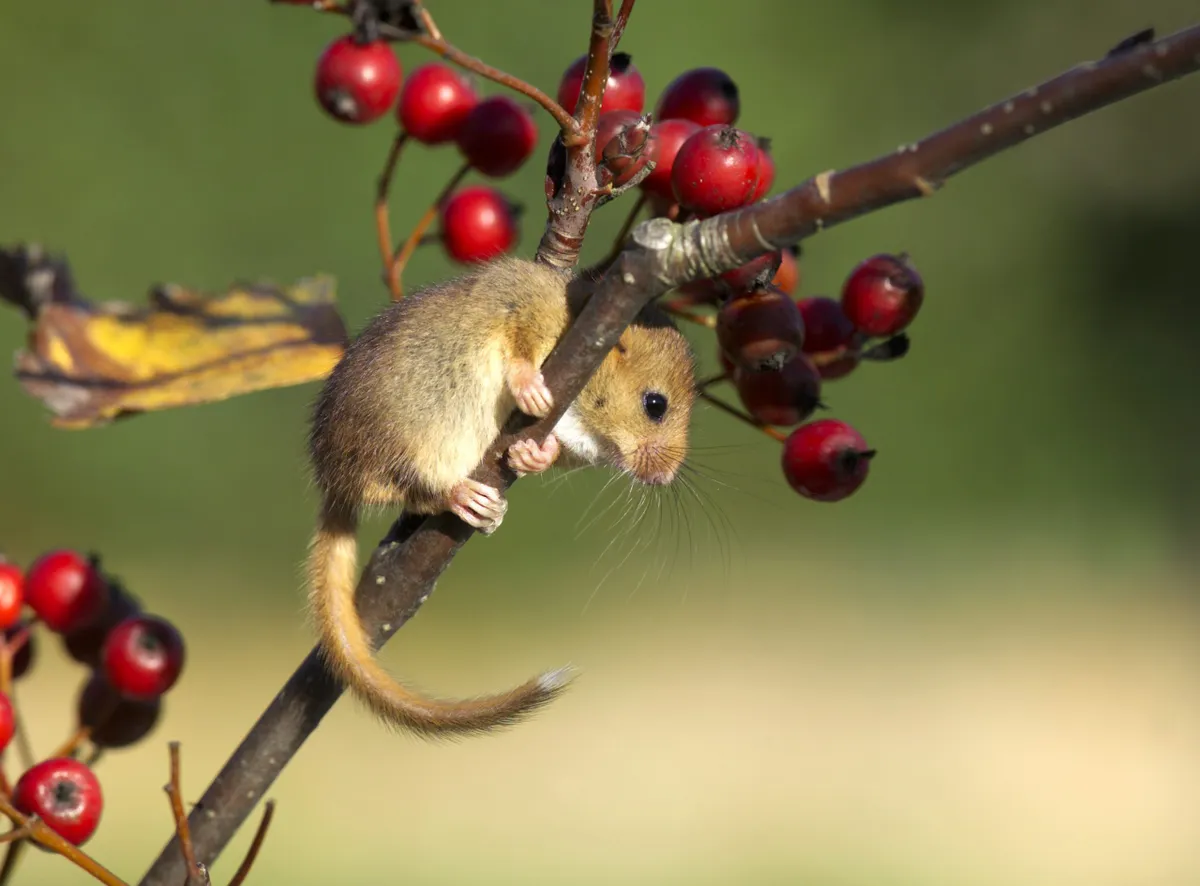
When picking berries and fruit, consider what might be underfoot. All kinds of life can be concealed in leaf litter, from invertebrates to small mammals. Pick only what’s in reach, leaving the top branches for the birds. Fallen fruit can provide important sustenance for birds, mice, rabbits and deer so, if you’re scooping up windfalls, leave bruised or otherwise damaged fruit in situ.
When harvesting wild salad leaves, such as mallows, mustards and sorrels, check them for signs of life – butterfly eggs and beetle larvae, for example. Butterfly eggs vary in size, shape and host plant; some, such as the small copper, lay single, whitish-grey golf-ball-like eggs on sorrels and docks, whereas the painted lady scatters its tiny green cactus-shaped eggs on thistles, nettles and mallows.
It’s always best to examine the undersides of leaves, though some species lay their eggs on the midrib. And before picking larger species, such as sea beet, give them a gentle shake to dislodge invertebrate inhabitants onto neighbouring leaves.
Leave a little behind
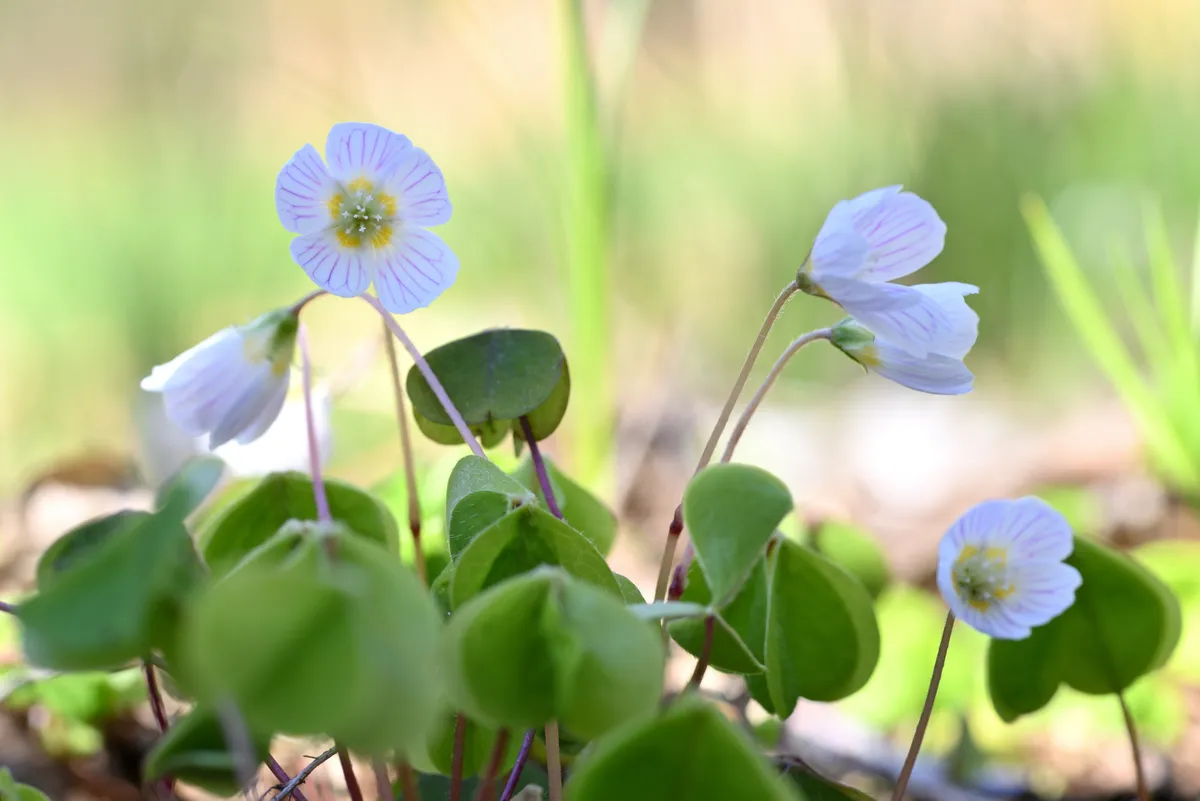
Mushrooms are popular prizes for foragers, with boletus, chicken of the woods and parasols particularly sought-after – by flies, slugs and small mammals, too, which enjoy nibbling on fungi. Leave the oldest and youngest growths: the oldest mushrooms will spread spores to seed the next generation, and the youngest will grow quickly to replace those you pick.
If it’s seaweed you seek, avoid picking during spawning time, typically late spring and early summer. And always cut it with scissors rather than tear it from the rocks, leaving at least a third to regenerate. Before taking home your harvest, give it a shake and a wash in the sea to remove any life clinging to the fronds.
Many kinds of wild food are considered weeds, and are so abundant that you’d be unlikely to upset the balance of an area by picking them – but that’s not to say you should march in and mindlessly fill your basket to overflowing. Rather, always check for the sights, sounds and smells of wildlife. What might be just a garnish for you could represent a caterpillar’s entire larder.
Main image: Foraging for wild garlic leaves. © Elva Etienne/Getty
